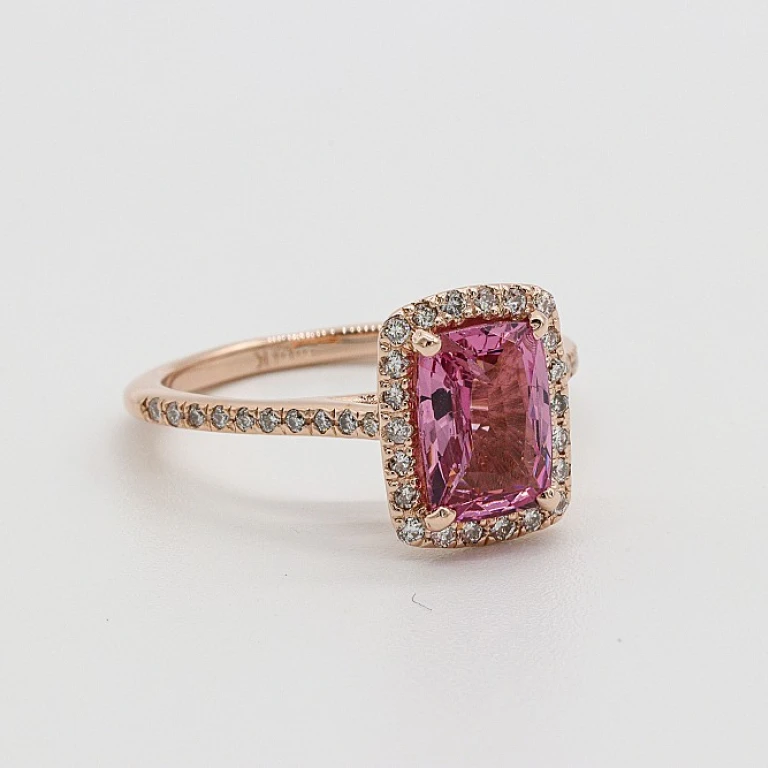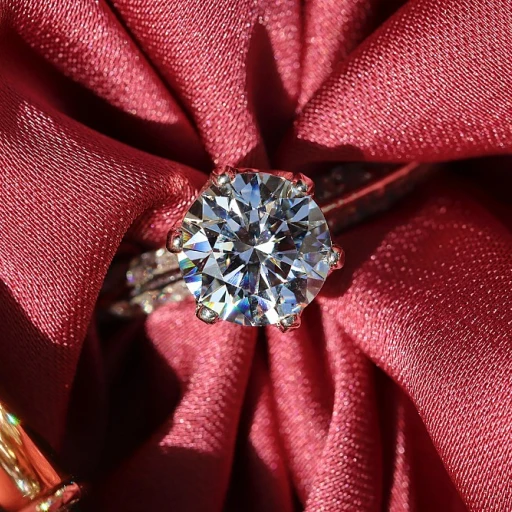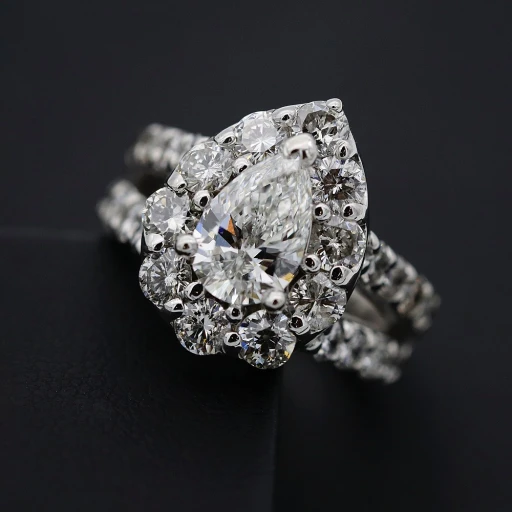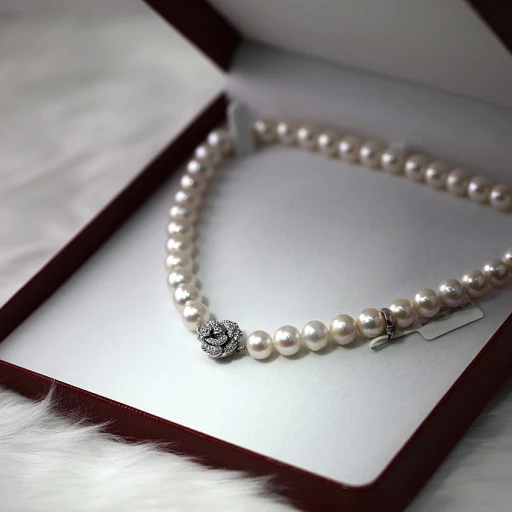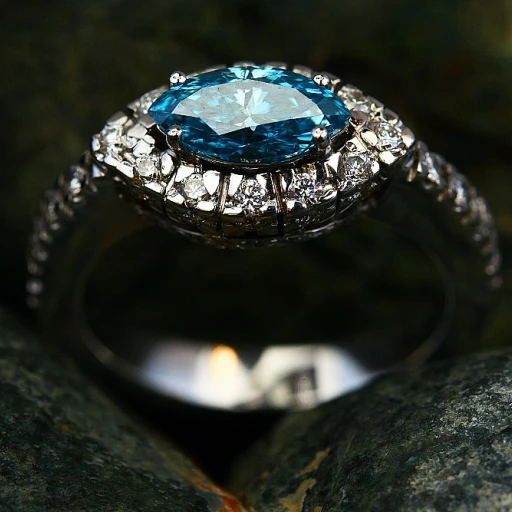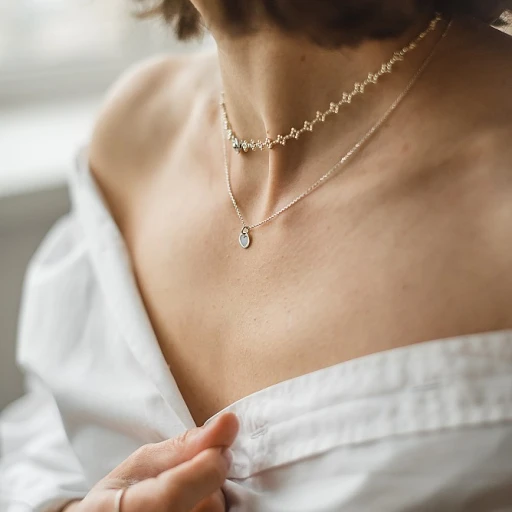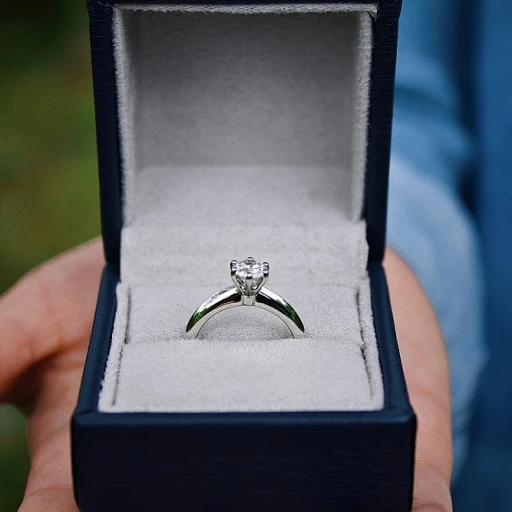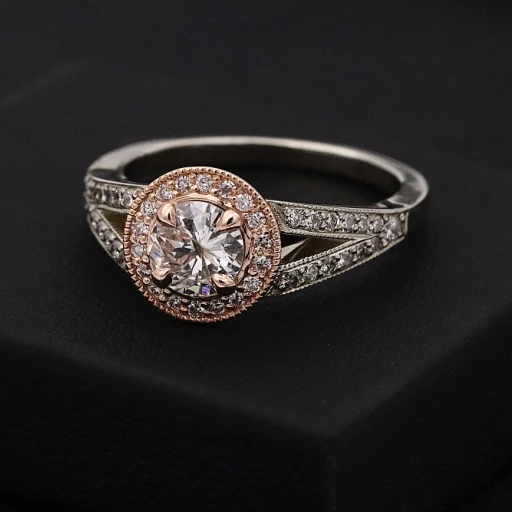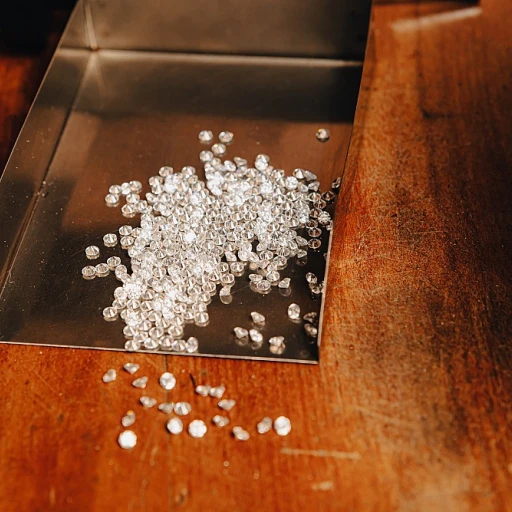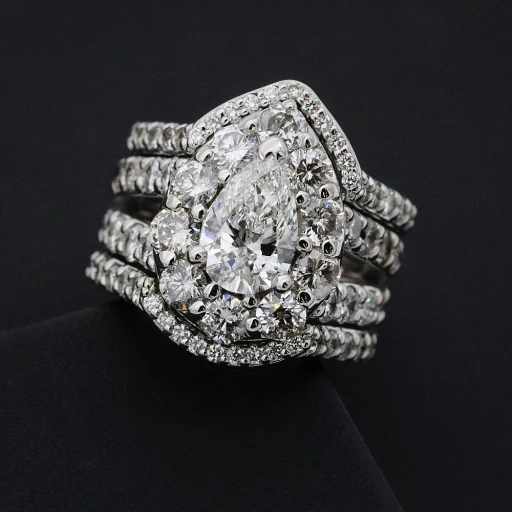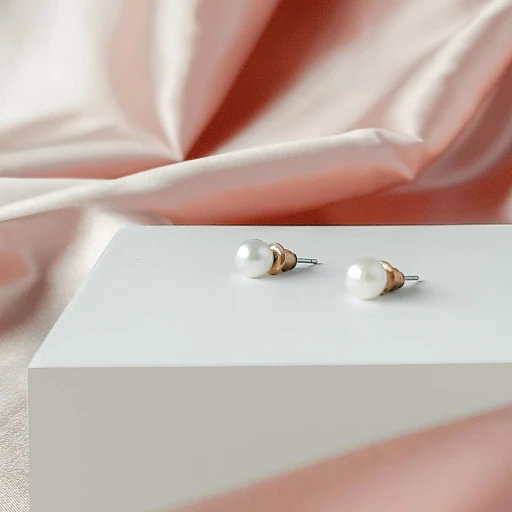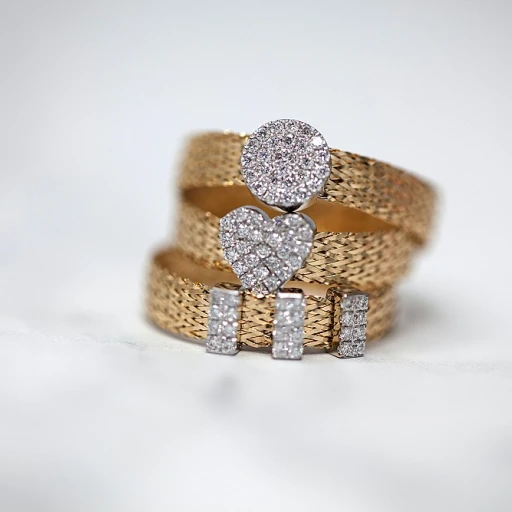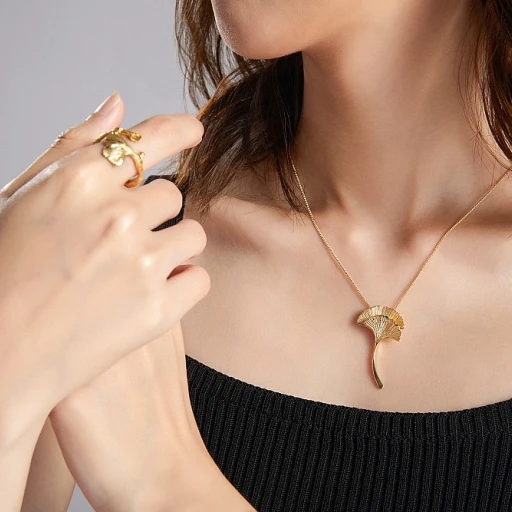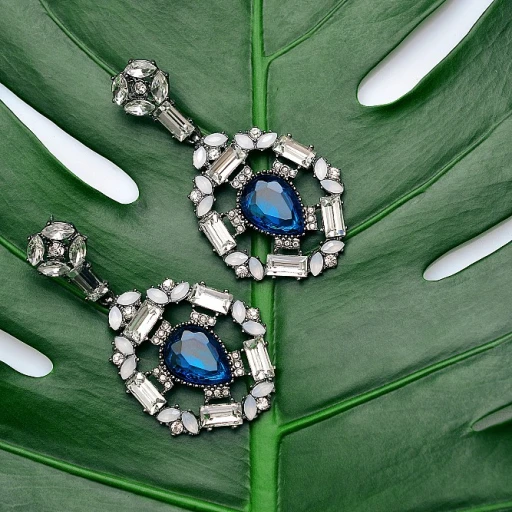
Understanding the Charm of Antique Gold
The Enduring Appeal of Antique Gold
Antique gold holds an irresistible allure that captivates collectors and admirers alike. This precious metal, with its rich yellow hue, transforms over time, revealing an aged patina that adds a unique character to each piece. Unlike modern jewelry, which often aims for polished perfection, antique gold charms with its imperfections and history-laden stories. In the realm of fine jewelry, the material's evolving texture from decades, or even centuries, of wear tells a tale like no other. Whether it's a vintage necklace worn at countless occasions or a cherished ring passed down through generations, each piece resonates with personal and historical significance. This narrative quality is enhanced by the craftsmanship and materials used, like gold plated or gold filled items that lend durability combined with timeless beauty. Gold in its various forms—whether it's yellow, white, or the increasingly popular rose gold—becomes even more intriguing when it has stood the test of time. Each antique piece offers a distinct identity forged through years of human touch and adorned events, made even more precious when such items come with documentation revealing their fascinating journey. Moreover, understanding the full magnificence of antique jewelry requires an exploration beyond the immediate allure of its metallic color. From pendants that once graced the necks of Victorian ladies to gold tone lockets and elegant antique necklaces, each holds a chapter of the overarching history of human adornment. In a world where price often dictates the choice of purchase, the value of antique gold lies not merely in its unit price but in its rarity and the story it holds. While some may view these pieces through the lens of sale price or price sale tags, true connoisseurs understand the deeper value they represent when added to their collections. To further appreciate this art form, learning to identify authentic antique gold can enrich the collector's experience, ensuring that each piece is both a wise investment and a step into history.Historical Significance and Evolution
The Age-Old Appeal and Society's Transformations
Throughout history, antique gold has held a privileged position in the realm of fine jewelry. Whether as a prized necklace, elegant pendant, or delicate ring, gold has been the medium of choice for artisans across cultures and eras. This classic metal's adaptability, from gold tone to more lustrous yellow gold, not only marks its aesthetic value but also symbolizes its historical significance in human civilization. The price variations of gold over the centuries can often be a fascinating point of discussion. The allure of gold isn't only in its metallic glow but also in its prestige. Historical records show that ancient societies revered gold not merely for its visual appeal but also as a token of wealth and power. Several techniques, such as the use of metallic paint or gold plated finishes, have evolved over time, enhancing the gold's inherent beauty. This evolution has allowed for diverse expressions in jewellery, catering to ever-changing tastes and trends. Gold's journey through time has also significantly influenced its valuation today, affecting both its regular and sale price brackets. Items like vintage necklaces and antique rings remain highly sought after, with factors such as craftsmanship, age, and origin adding to their unique appeal and, consequently, their market value. For those interested in understanding why ancient jewelry might become the next big trend in high-end collections, further insights can be gleaned from this exploration of ancient jewelry in modern high-end collections. Here, collectors can delve deeper into how ancient pieces not only serve as art but as a testament to an era's cultural and historical narratives.Craftsmanship and Techniques
Artisanship in Gold Jewellery: Techniques of the Past
When we talk about the true essence of antique gold jewellery, the focus inevitably shifts to the exceptional craftsmanship that has characterized its creation over centuries. It is a marriage of art and skill, where every piece, be it an antique necklace or a gold vintage ring, reflects the techniques inherited from generations.
In those early times, methods like granulation and filigree were often employed, each bead or thread a testimony to an artisan's patience and attention to detail. Granulation involved the application of minute spheres of gold to a surface, creating intricate patterns that captured the light in a dance of shadows and highlights. On the other hand, filigree work involved twisting loose strands of gold or silver wire into design motifs, demonstrating the finesse of the jewelry maker's touch.
The use of metallic paints and enameling also contributed significantly to the versatility of these creations. Although today’s artisans employ advanced methods, the roots still harken back to techniques established by ancient cultures, emphasizing beauty while preserving unique metallic tones.
This commitment to historic craftsmanship not only informs the price of such jewellery but imbues each piece with a story and a legacy of human ingenuity. Collectors and admirers of vintage jewellery appreciate these pieces not just for the yellow gold or rose gold they’re made from, but for the testament to human creativity that they represent. Consequently, this historical context plays a vital role in determining both the regular price and the sale price for antique gold jewellery in the modern market.
Identifying Authentic Antique Gold
Recognizing Genuine Antique Gold
Identifying authentic antique gold is a crucial skill for any fine jewelry enthusiast. With the market flooded with replicas and gold-plated pieces, distinguishing genuine antique jewelry from imitations can be challenging. Here are some tips to help you make informed decisions:
- Examine the Hallmarks: Authentic antique gold jewelry often features hallmarks that indicate the purity of the gold and the maker's mark. These marks can be found on the inner band of a ring, the clasp of a necklace, or the back of a pendant. Familiarize yourself with common hallmarks from different eras to better assess the piece.
- Check for Wear and Patina: Over time, genuine antique gold develops a unique patina that adds to its charm. Look for signs of wear that indicate age, such as slight discoloration or scratches, which are often absent in newer, gold-filled or gold-plated items.
- Assess the Craftsmanship: Antique jewelry is often characterized by intricate craftsmanship and techniques that are less common today. Pay attention to the details and the quality of the work, as these can be indicators of authenticity.
- Consult an Expert: When in doubt, seek the expertise of a reputable jeweler or appraiser who specializes in antique jewelry. They can provide a professional assessment and help verify the authenticity of your piece.
Understanding these aspects not only helps in identifying genuine pieces but also enhances your appreciation for the historical significance and craftsmanship of antique gold jewelry. Whether you're considering a vintage necklace or a classic gold ring, being informed will ensure you make the best investment.
Caring for Your Antique Gold Jewelry
Preserving the Beauty of Your Treasures
Maintaining the pristine condition of your antique gold jewelry is crucial in preserving its historical allure and value. Proper care not only enhances the longevity of the item but also ensures that the intricate craftsmanship and techniques used in their creation continue to shine.
When caring for antique jewelry, it is important to understand the material and the specific requirements needed to retain its original charm. Whether your piece is crafted from yellow gold, white gold, or rose gold, it’s essential to use the best cleaning products that are specifically formulated for precious metals. For pieces that incorporate elements such as sterling silver or gold filled, ensure that you are utilizing appropriate cleaning solutions to avoid any unwanted reactions.
- Gentle Cleaning: Use a mild soap mixed with lukewarm water and a soft-bristle brush to gently clean your jewelry. Avoid abrasive materials that can scratch the delicate metallic surfaces.
- Polishing: For gold tone and vintage pieces, a gentle buff with a dry, soft cloth can help maintain their glossy appearance. Avoid excessive polishing, especially on antique finishes where the metallic paint is part of the overall design.
- Storing: Store your jewelry separately in a pouch or soft cloth to prevent scratches and contact with other items. Consider placing each piece in a secure location where it's protected from humidity and extreme temperatures.
- Professional Maintenance: Have your items regularly checked by professional jewelers for any needed repairs or maintenance. They can ensure clasps on a vintage necklace or a unique ring are secure and not loosening over time.
- Avoiding Chemicals: Always remove your jewelry before applying any cosmetic products, such as paint or cleaning solutions, which might tarnish its brilliance.
Proper care reflects not only in the aesthetics but also maintains your piece's price value, whether you're considering a future sale or simply treasuring it as part of your personal collection. Remember to be mindful of potential impacts during easy-to-offer options like free shipping or fast delivery services accepting to protect your jewelry during transit.
Investing in Antique Gold
Informed Decisions for Savvy Collectors
Investing in antique gold jewelry can be a rewarding endeavor, offering both aesthetic pleasure and potential financial gain. However, it requires a discerning eye and careful consideration to ensure your acquisitions are sound.- Research and Expertise: Gain a thorough understanding of antique gold, including its historical significance and the evolution of styles. Being informed about different gold tones such as yellow gold, rose gold, and gold plated items can help you make better investment choices.
- Authentication and Appraisal: Authentic antique jewelry often possesses unique craftsmanship and techniques. Verifying the authenticity of pieces ensures you maintain the integrity of your collection. Consulting experts for appraisals can provide insights into the true value and potential appreciation of your pieces.
- Market Trends and Prices: Stay updated on trends in the antique jewelry market. Monitoring regular price and sale price fluctuations can help guide your purchasing decisions. Recognize valuable pieces like gold filled and sterling silver articles that often draw keen interest among collectors.
- Cautious Purchases: Whether you're purchasing an antique necklace, ring, pendant or any antique jewellery, ensure the products are from reputable sources. Avoid impulse buys and evaluate factors like shipping, associated costs, and any terms of sale that might impact the item's final cost.
- Care and Maintenance: Proper care of your antique collection (as discussed in previous sections) is crucial in preserving value. Antique pieces often require specific attention compared to contemporary jewellery sets.
